See how National Geographic History magazine inflames and quenches the curiosity of history buffs and informs and entertains anyone who appreciates that the truth indeed is stranger than fiction with a digital subscription today. And that history is not just about our forebears. It’s about us. It’s about you.
FROM THE EDITOR
National Geographic History
History’s Oldest Amputation Discovered • A 31,000-year-old skeleton found in Borneo’s Liang Tebo Cave reveals that the region’s hunter-gatherers were surgeons as well.
MORE THAN LUCK
The Herschels: Siblings Who Swept the Heavens • In 18th-century England, German émigrés William and Caroline Herschel used pioneering telescopes to conduct the first sweeping surveys of the heavens.
Threads of History: The Quilts of Harriet Powers • Only two of Harriet Powers’s artworks have survived until the present, but their vibrant visions continue to inspire today’s artists and provide valuable insights into the past.
CHILDREN OF PHARAOH • The longest-lived pharaoh in history fathered as many as a hundred sons and daughters, but did his tight grip on power damage his legacy?
TRIREMES • Swift and nimble, ancient Athens’s massive fleet of triremes secured its position as the Mediterranean’s strongest naval power in the fifth century B.C.
THE TRIREME, MASTER OF THE SEAS • The trireme was the warship of choice in classical Greece. It was later used, and its design developed and improved, by other regional powers in the Mediterranean such as the Carthaginians and Romans.
RAMMING AND BOARDING
THE VIKINGS IN CANADA • Sixty years ago, excavations in Newfoundland confirmed tales told in the Icelandic sagas: that the Vikings had reached North America in the 11th century. New finds are revealing more details of this landfall, and of the contacts—and clashes—between the Norse and the First Nations.
WESTWARD JOURNEYS • Archaeologists are searching for evidence of more interactions between Norse explorers and First Nations peoples in the regions of Greenland, Arctic Canada, and the lands north of L’Anse aux Meadows. Tantalizing clues have been uncovered, but more needs to be found to examine the full extent of these relationships.
Viking Halls and Huts
VIKING WOMEN OF VINLAND • The Norse crews who sailed to North America included substantial numbers of women. Two of the most well known were Gudríd and Freydís, who played major roles in the Vinland sagas.
INCA GOLD THE FATE OF ATAHUALPA’S TREASURE • Francisco Pizarro set out to find the kingdom of Birú, a legendary treasure city. His expedition would lead him to the Inca Empire, where he found the largest cache of gold seized in the conquest of the Americas.
GLEAMS OF GOLD • The Inca believed that gold came from the sweat of the sun god, their most sacred deity. The abundance of the metal in the region allowed the Inca to refine their metalworking skills and create exquisite works of art.
CASANOVA’S VENICE • Scandalous, adventurous, dangerous, but never dull: Giacomo Casanova’s life was inspired by his hometown of Venice, a playground for pleasure and social climbing.
THE CITY OF CASINOS
The Kazanlak Tomb: Frescoes of a Faded Kingdom • During World War II Bulgarian soldiers stumbled upon a lavishly painted tomb, the first of many to be found in an ancient necropolis.
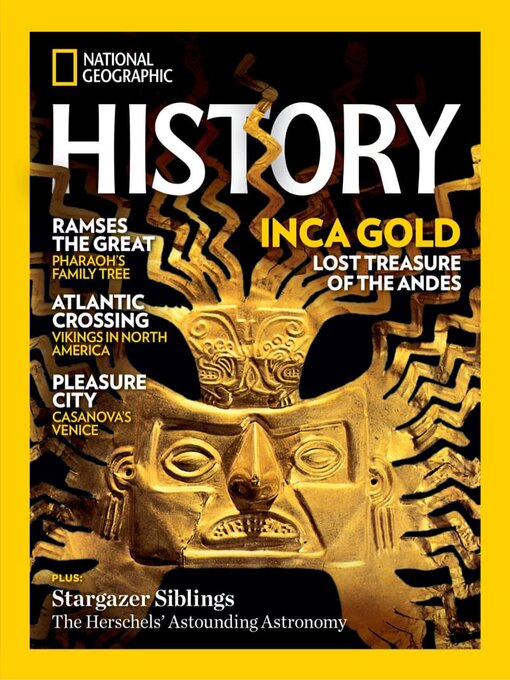
 January/February 2026
January/February 2026
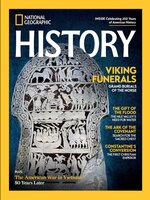 November/December 2025
November/December 2025
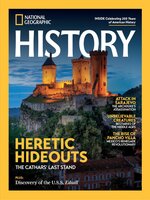 September/October 2025
September/October 2025
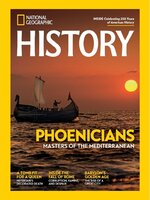 July/August 2025
July/August 2025
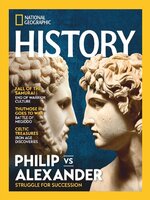 May/June 2025
May/June 2025
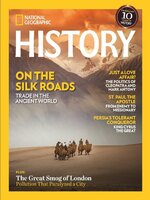 March/April 2025
March/April 2025
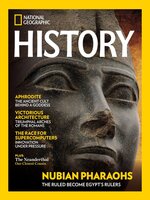 January/February 2025
January/February 2025
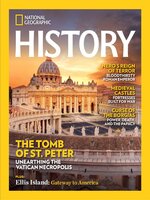 November/December 2024
November/December 2024
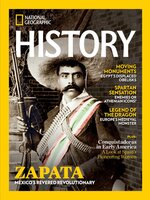 September/October 2024
September/October 2024
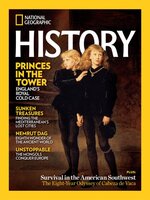 July/August 2024
July/August 2024
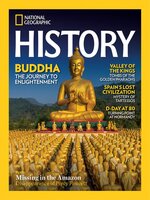 May/June 2024
May/June 2024
 March/April 2024
March/April 2024
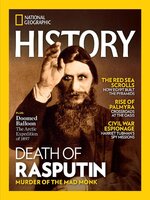 January/February 2024
January/February 2024
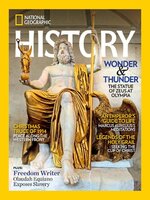 November/December 2023
November/December 2023
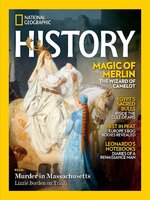 September/October 2023
September/October 2023
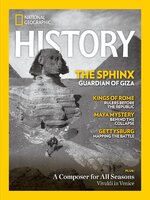 July/August 2023
July/August 2023
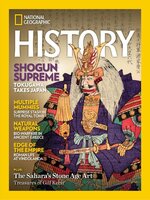 May/June 2023
May/June 2023
 March/April 2023
March/April 2023
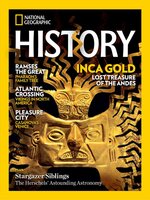 January/February 2023
January/February 2023